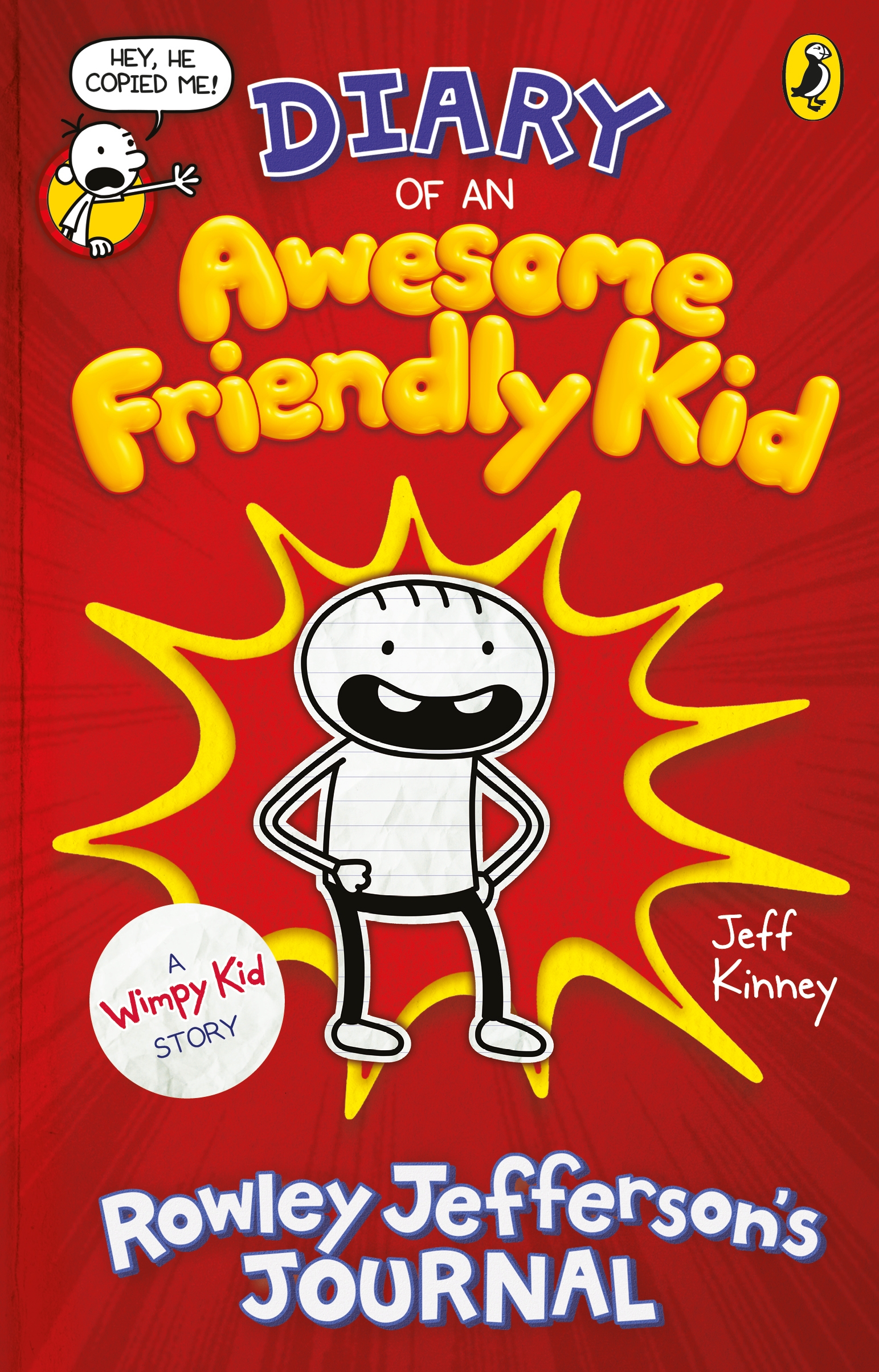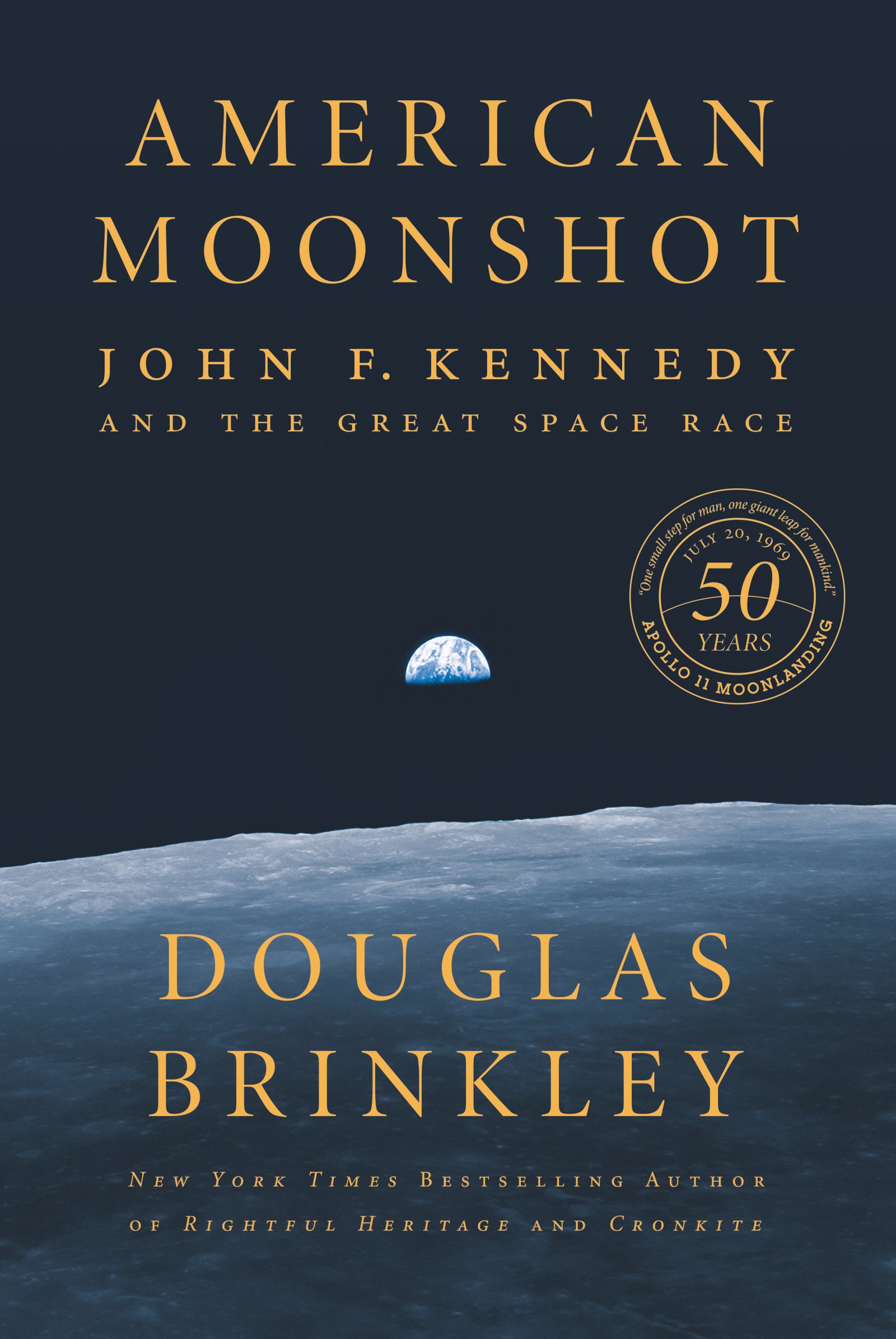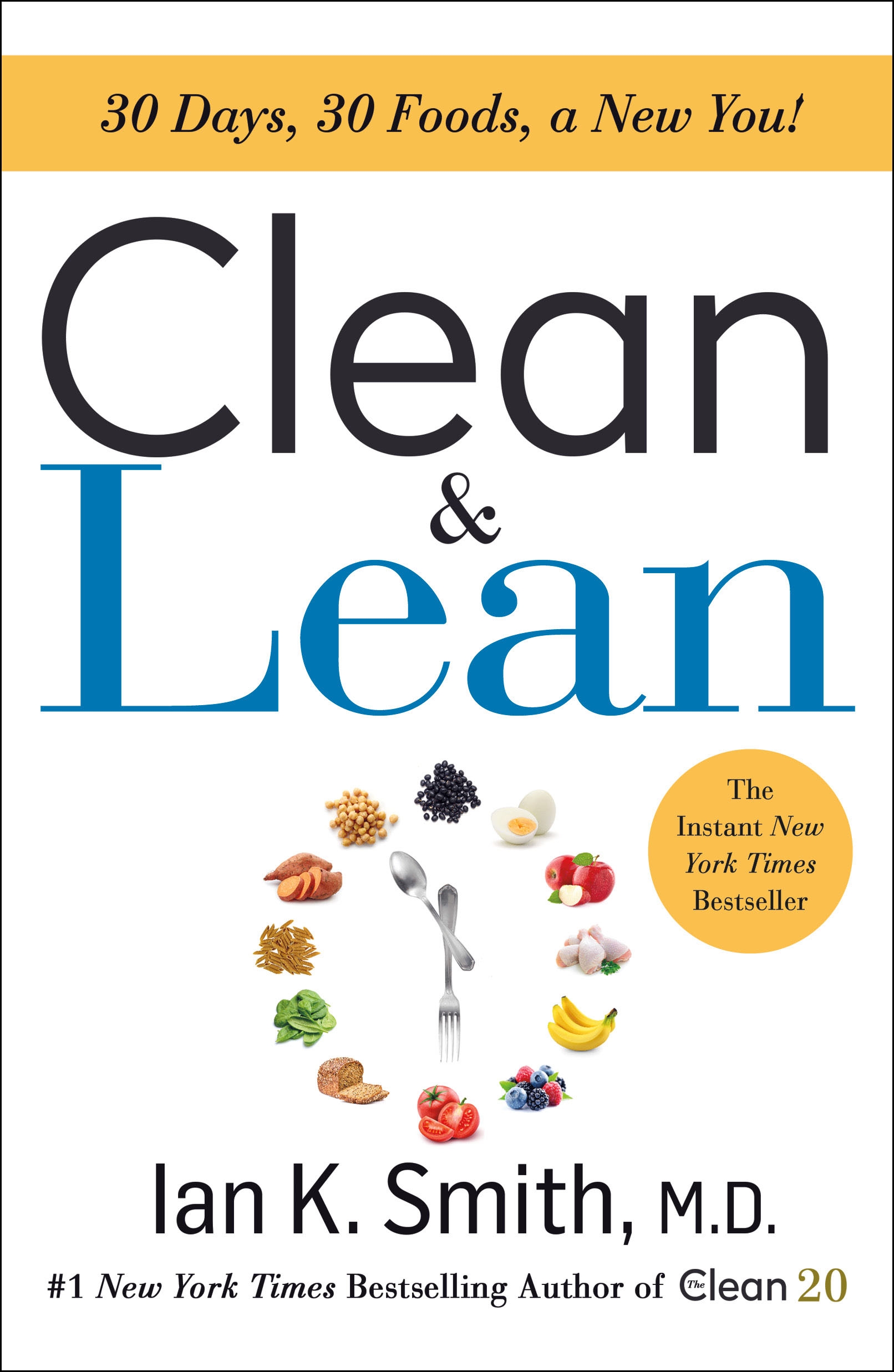Nuclear Propulsion For Space Applications
by Nasa Technical Reports Server (ntrs)
2021-01-13 21:08:20
Nuclear Propulsion For Space Applications
by Nasa Technical Reports Server (ntrs)
2021-01-13 21:08:20
Basics of Nuclear Systems: Long history of use on Apollo and space science missions. 44 RTGs and hundreds of RHUs launched by U.S. during past 4 decades. Heat produced from natural alpha (a) particle decay of Plutonium (Pu-238). Used for both thermal...
Read more
Basics of Nuclear Systems: Long history of use on Apollo and space science missions. 44 RTGs and hundreds of RHUs launched by U.S. during past 4 decades. Heat produced from natural alpha (a) particle decay of Plutonium (Pu-238). Used for both thermal management and electricity production. Used terrestrially for over 65 years. Fissioning 1 kg of uranium yields as much energy as burning 2,700,000 kg of coal. One US space reactor (SNAP-10A) flown (1965). Former U.S.S.R. flew 33 space reactors. Heat produced from neutron-induced splitting of a nucleus (e.g. U-235). At steady-state, 1 of the 2 to 3 neutrons released in the reaction causes a subsequent fission in a "chain reaction" process. Heat converted to electricity, or used directly to heat a propellant. Fission is highly versatile with many applications.
Less






























